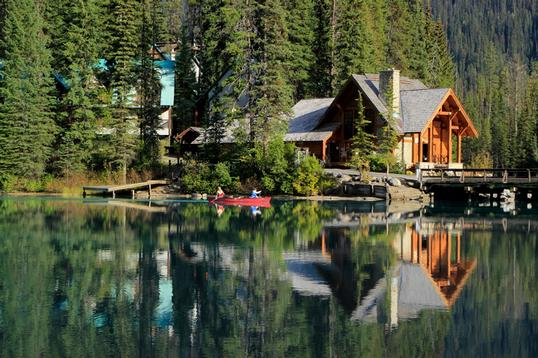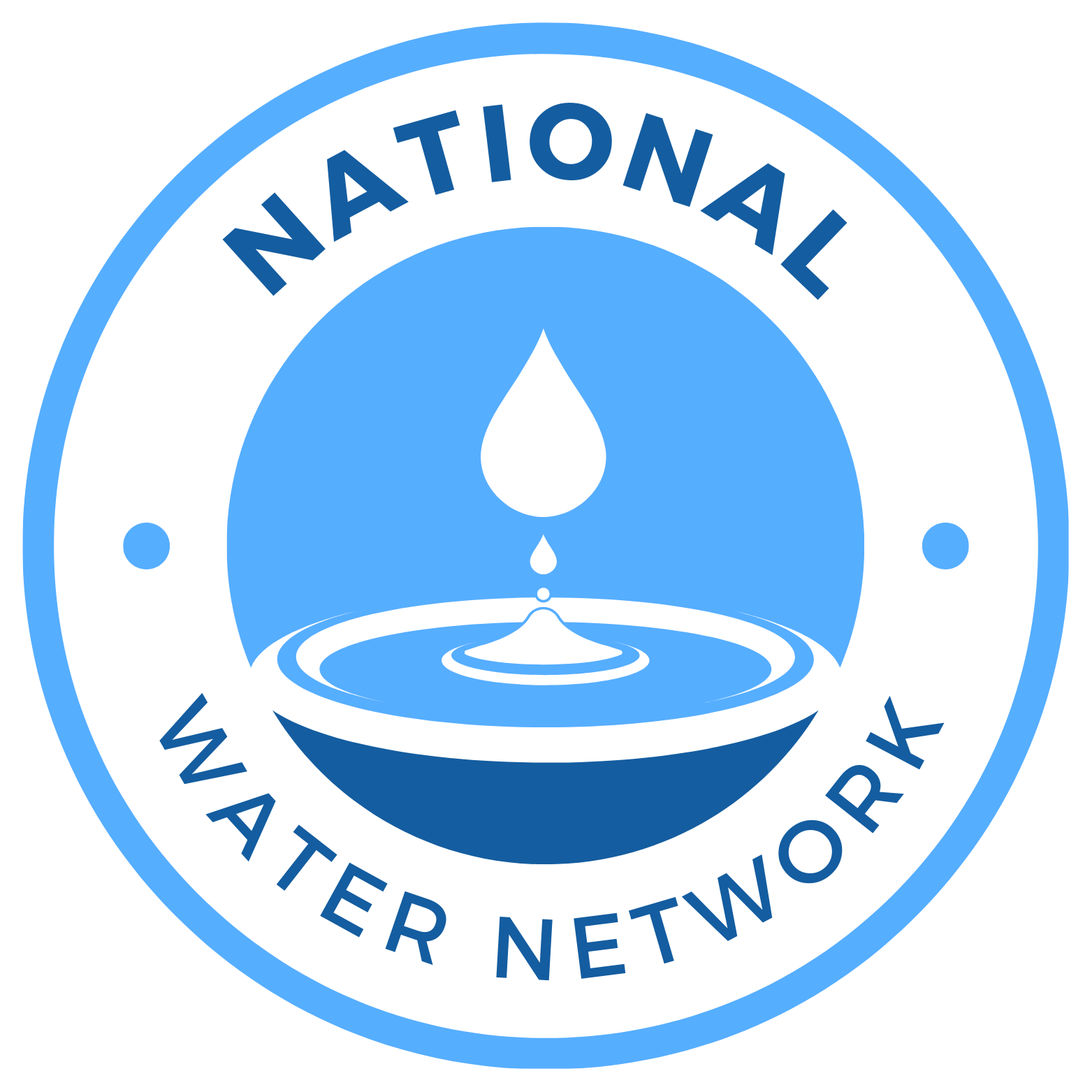An aggressive plan is being proposed to pump salt water into the desert in the western states to build large inland salt water lakes. The land around the lakes will be developed into lakefront and canal properties. Larger ranch estates will be built on the land around the lakes and land further out will be used for farming. We can turn arid unusable land into waterfront communities and workable farmland. The inland salt water lakes will add moisture into the air and will create a water source to supply local desalination plants.
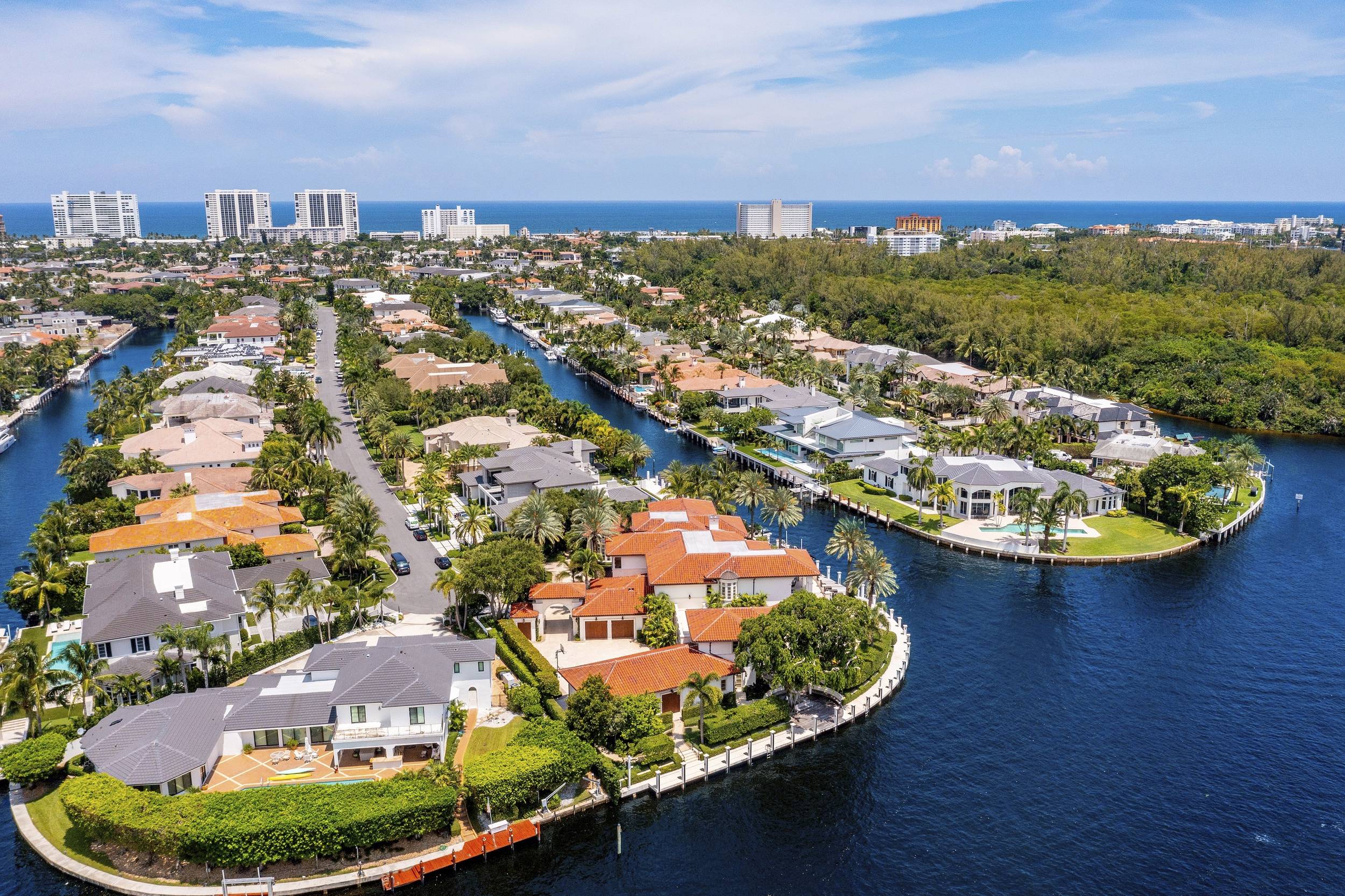
Lakefront communities are being planned for; Arizona, California, Colorado, Idaho, Nevada, New Mexico, Oregon & Utah.
These will be similar to Arrowhead Lakes in Phoenix, AZ.

The waterfront land will be a lot more valuable than dry land. Investors will need a fast and healthy ROI and the entire program could be paid for with private money.
We have the technology to build small inland desalination plants and the brine will be dried out and sold off as water softener salt and road salt for snowy areas. No brine will go back into the ocean which is the biggest opposition to desalination. Each local water company will sell the water from the desalination plants to the surrounding areas and they will be self-sustaining. Where possible all power will be from solar power.
Each lake will have a community built around it and there will be many attractions which will attract people to want to live there. The communities will be aimed at people how can work remotely.
Each community will have;
Water Activities
Large main lake for sailing, Surf Lake, Water Ski Lakes, Scuba Diving Lake, Water Slide Park. Every lake will have a White Water Rafting complex like the US National White Water Center in Charlotte North Carolina.

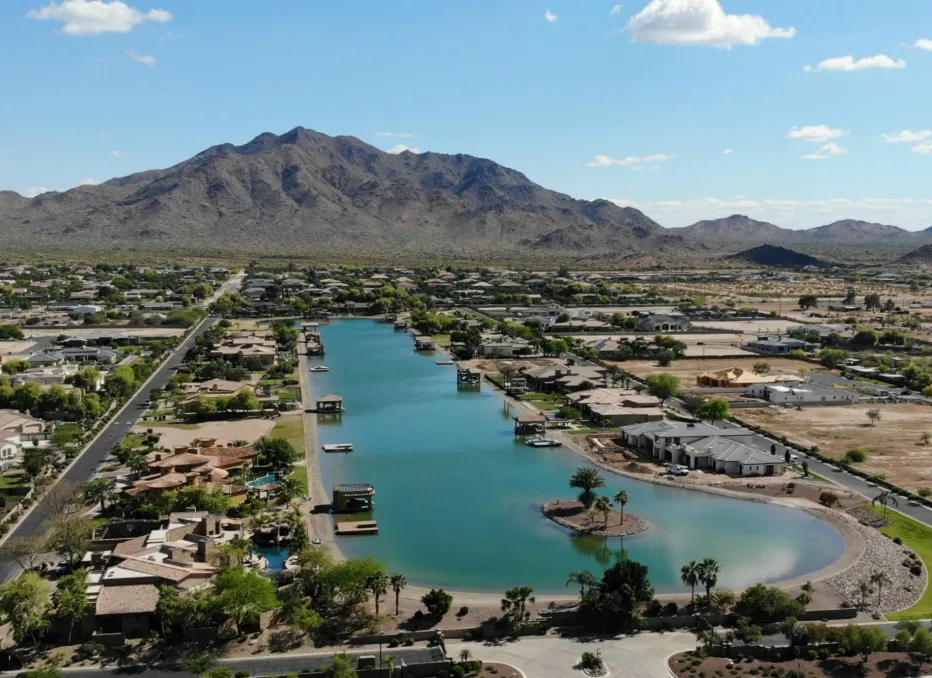
Dry Activities
Go Kart Track, Motocross Track, BMX Track, Walking Trails, Golf Course, Skateboard Park, Tennis. Lots of trees and forests will be planted and Mountain Bike trails will be built routed amongst the trees.
Housing Options
Lakefront Housing, Canal Estates, Cluster Housing, Condos, Apartments, Ranch Estates. A goal will be to have one bedroom apartments available for $125,000 allowing everyone who wants to, the ability buy into the housing market.
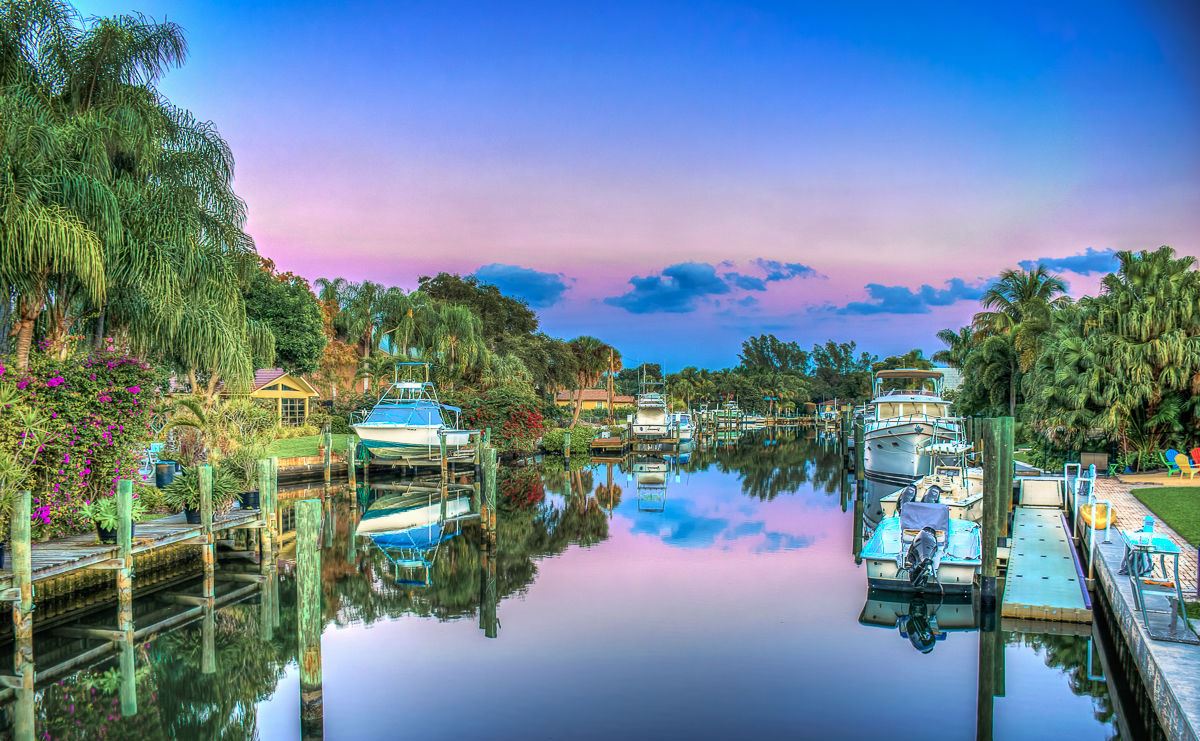
Amenities
Each community will have all amenities that people and families will need to live in the area. These will be schools, medical facilities and all necessary stores. Home deliveries will support a lot of this.
An inland lake that is 10 miles long x 10 miles wide would allow 19,700 canal front properties to be developed and sold. These numbers are with the current 1 square mile development as shown in the drawing. If condos or high density housing was built, the number will increase.

The land in the surrounding areas would be sold off in 1 acre, 2 acre, 5 acre and 10 acre parcels, the further away from the lake they were. They could be used as hobby farms or for people who want more space. An investor could end up with well over 20,000 properties to sell. One mile of lakefront will allow 13 canals to be built at any length. All of the houses will be linked to grey and black water waste systems.
The inland lakes will place water all over the inland drought affected states and in time rain will fall, however if it does not rain as much as planned the lakeside comminutes will be self-sustaining. Once there is enough fresh water, the surrounding land can be used for farming.

The ocean water can come from California, Oregon or through Mexico from the Gulf of California. Water gaining elevation will be moved in 100 foot lifts. A storage reservoir will be built and then the water till be pumped another 100 foot in elevation. If there is only a slight elevation gain, Archimedes Screws can be used.
If California will allow water to be moved across the state, 20 large lakes could be built in the San Joaquin Valley and the Sacramento Valley. This could solve California’s drought problem very quickly and some investors would become very wealthy in the process.
Arizona
If a large canal could be built from the Gulf of California to the US border, many inland lakes could be built in Arizona. From there, New Mexico could be fed. Southern Utah could also be fed from this source. A lot of southern Arizona is not very far above sea level, so it would not be too difficult to did a canal to the border or do it in lifts.
The Gulf of California is approximately 52 miles rom the Arizona border. A canal that long would give 104 miles of canal frontage and a lot of it would have access to the Gulf of California. Both sides of the canal could be developed and that would allow 51,000 water front building sites on canal estates to be developed and sold. If US citizens are allowed to own real estate in Mexico, Americans could purchase the land for winter homes. This could pay for a lot of the expense.
Wherever an open canal feeds a lake, while the canal is at the same level as the lake, the canal could be made and it could also be developed into canals. Those houses would have access to the lake. This would be more developable land for investors.
The plan will be to build 200 comminutes all over the western states. Lakefront comminutes can be also be built in the eastern states and they can be used for water storage, water retention and drainage management which are issues a lot of the eastern states have.
The land around the lakes will be sold at premium prices and the attraction will be to live on or near the water. Each community will have an estimated real estate value of $5 – 10 billion. All of the communities together would pay for the cost of the water supply pipelines and canals. Each community will be built in a way that it is financially self-sustaining.
Each community will take up roughly 100 square miles or 64,000 acres of lake area. Smaller lakes can also be built. Long narrow lakes can be built and they will act as canals. The surrounding area can be divided up into 5 and 10 acre parcels. Private landowners can be involved in the development of their own property. They can benefit from their dry unusable land being turned into a waterfront community.
